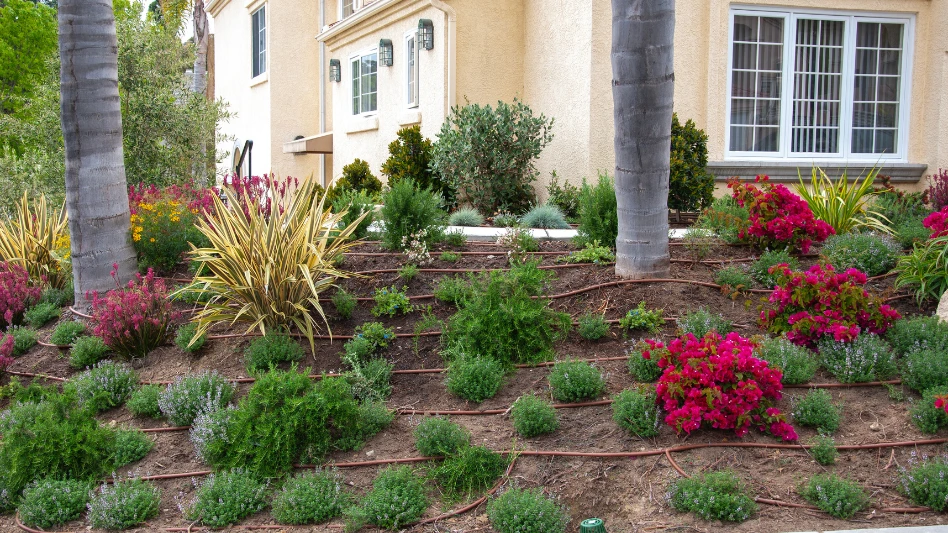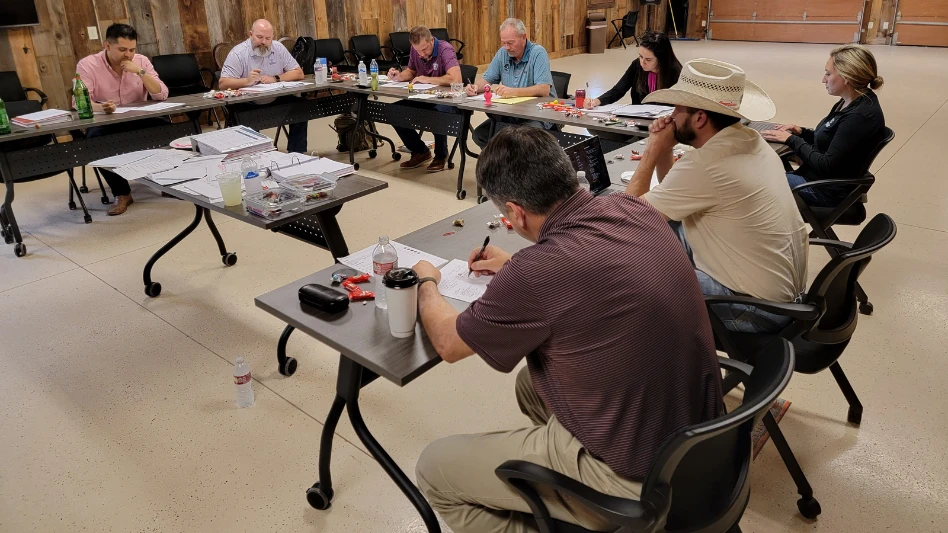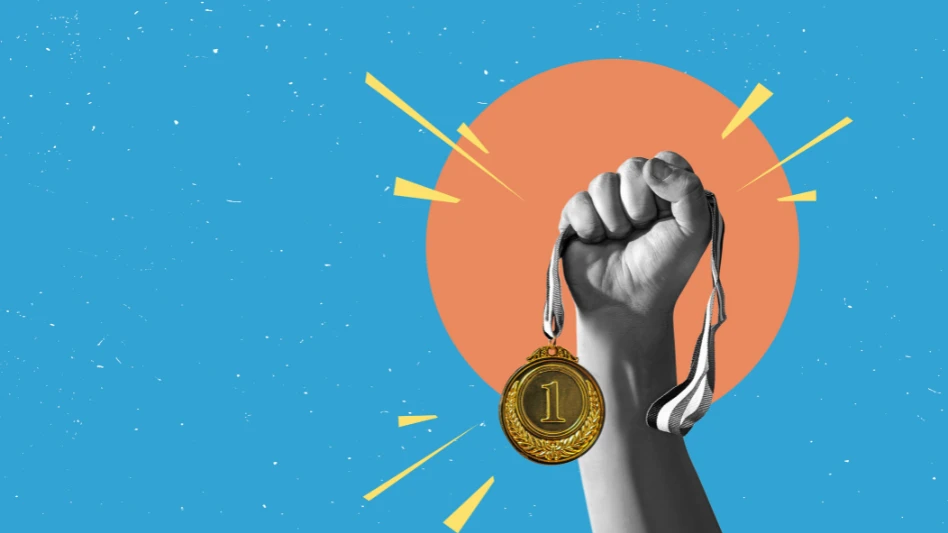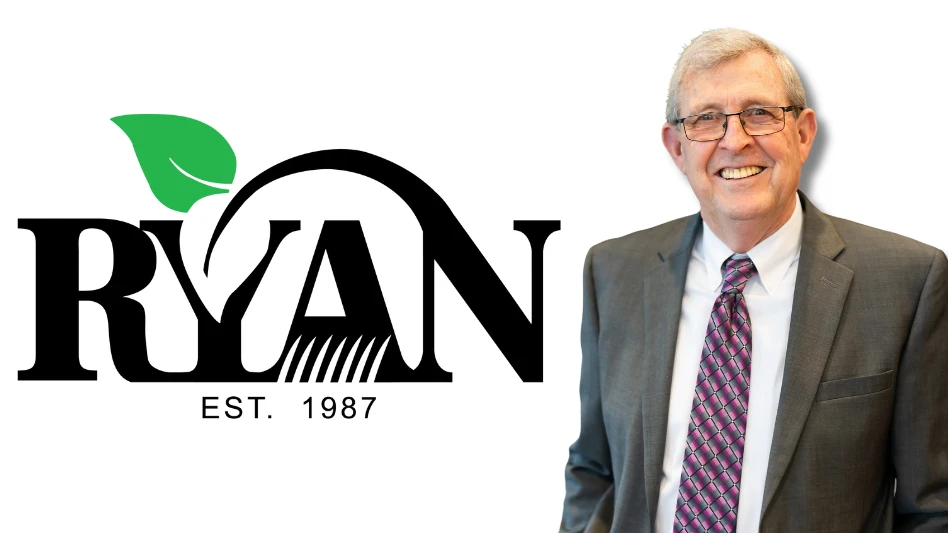As told to Chuck Bowen

We asked the owners and designers from six of the leading design/build firms in the U.S. to tell us the projects, materials and styles they’re seeing in the market. On the following pages, they share in their own words the impact of everything from Millennials to modernism, urban agriculture to ultra-high-end outdoor living, and small-scale gardens to sustainable landscaping. Read on to see what’s coming down the pike, and what your customers are going to be asking for this year.
Texas traditional
We did some research and proved that even though you’re hearing that modernism is kind of the way of the future from a lot of design professionals – be it architects, landscape architects, interior designers – that’s really not the case when you start looking at the trends.

We did a lot of research on who our clientele currently is and who our clientele of the future is going to be, and looking at the Millennials, Gen Xers and the Baby Boomers. We looked at where the majority of the work currently is, and where the majority of that work will be in the near-term future and where their thoughts are.
When you start looking at the trends of where Millennials and Gen Xers live versus the Baby Boomer generation, which is where most of our client base comes from, you see some real surprising trends. You think of younger people moving into the cities and living in apartments or townhomes, high rises and things of that nature. There’s said to be this trend, or at least this concept of a trend, that everybody’s going to be living in the inner cities and living a more modern lifestyle. There were some studies done by the Urban Land Institute that came out showing that the vast majority of our population today lives in suburban neighborhoods and that was almost 30 percent of our population.
“Our client base is going to continue to live in areas that have more land to landscape, and they have more of a traditional aesthetic.” Paul Fields, Lambert’s
And of that 30 percent, almost 20 percent of those were the Millennials. This notion that everybody’s going to be living in the city and they’re not going to have big landscapes, and they’re going to live a more modern lifestyle in terms of design trends is really not proving to be the case.
We started doing some research on why. It seems that the design professional – the design community as a whole – is wanting to take our population toward a more modern design aesthetic, and no one really knows why that’s the case.
Looking at trends in design, it seems like for the foreseeable future, our client base is going to continue to live in areas that have more land to landscape, and they have more of a traditional aesthetic when it comes to their design sensibilities.
– Paul Fields, Lambert’s
Massachusetts modern
We primarily deal with high-end residential projects. I’d probably lean more modern. The lines seem to be getting a little bit cleaner in a lot of the designs. Especially with a lot of the water features, those are incorporating runnels into walkways, into pavements – the idea of water traveling in more modern, straight-line styles.

We’re using a lot of reclaimed granites where possible. One material specified a lot more that is difficult for us to find is wood items out of black locust. You have your ipe, you have your mahogany, but we’re seeing landscape architects specify black locust benches or a black locust gate.
“The lines seem to be getting a little bit cleaner in a lot of the designs.” Will Makela, R.P. Marzilli
– Will Makela, R.P. Marzilli
Divergent markets
Within in the city, we’re seeing a lot of smaller housing developments. Mostly it’s almost street-to-street, sidewalk-to-sidewalk construction without really any room for landscape. Its multi-housing projects. They’re not the low-end, they’re medium-end.


We’re starting to see some real density in those types of housing. What that offers for us is a big trend in container gardens. They still want a garden on their patios and they still want to have a nice green space, but they just do it differently.
In retail, as well as landscapes, there’s a lot more smaller-space landscaping opportunity right now in our market. That also opens up areas where there are landscaped areas in a smaller plot for the use of smaller trees. We don’t sell large trees anymore. Rarely do we sell large trees. The trend is really to the medium-size or the smaller tree. Magnolias or the stewartias, the Japanese maples – those are the trees that are moving. The larger maples, the bigger-growing trees – we’re not inventorying and we’re not moving those in our garden centers.
“There’s a lot more small-space landscaping opportunity in our market right now.” David Snodgrass, Dennis’ 7 Dees
Having said that, though, we still see plenty of new housing starts that are out in the suburbs and they’re on estate property, and as our urban growth boundary expands, then we see these larger estates expand as well. If anything, I see a trend in those larger 5-acre parcels where they’ll landscape the whole thing, put a nice big house on a 5- to 10-acre parcel and they’ll do a 5-acre landscaping. They want all the bells and whistles and tricks, and the lighting and water features.
– David Snodgrass, Dennis’ 7 Dees
Blended styles
Generation X and Y, they’re moving out of the city to the outskirts of the city. We have a lot of developments that are similar to what David (Snodgrass) said out there – property line to property line development. They’re living tiny. They want small patches of green, possibly vegetable gardens, but they’re going vertical with that – some of that is vertical, some of that is up two stories.
We still have those Baby Boomers and Generation X customers moving into the suburbs, developing 5-acre estates. Of course they want to expand their family and keep to their compound, if you will, so they put in all the amenities you could ever want. So they’re actually taking less time away from their homes as opposed to minimalist landscaping it and going other places to enjoy that.

Who’s driving it? I’m not exactly sure, but I can tell you better than 60 to 70 percent of the information that’s brought to us by our clients is trending toward that modern (aesthetic). Even if it’s more of a historic home in Denver that has to stay historic, they’re going to blend some modern element into that. That seems to be the prevailing architecture here, so the landscape architecture is kind of falling behind that.
A lot of our clients are more into the natural stones, but I do see a trend for more concrete pavers, the Belgards of the world. They have these contemporary, modern lines that they are producing now, and clients are moving toward combination with natural stone. We do a lot of pre-cast limestone – whether that be fireplaces, fire pits, mantels, caps, pool copings.
_0_fmt.png)
We do quite a bit of lighting out here in Denver. We are seeing a trend in new technologies that are programmable and dimmable and zonable. People are paying the additional cost to get the most out of that function. We’re really seeing everything integrated now. Everything’s about technology. There’s hardly a project that doesn’t have a smart system on it, whether that’s lighting, irrigation, audio/visual.
“There’s hardly a project that doesn’t have a smart system on it, whether that’s lighting, irrigation, audio/visual.” Adam Hallauer, Designs by Sundown
I’m seeing a huge spike in natural wood products. It’s more of the ipes.There’s a new product that’s a type of bamboo for pool decks and art panels. Locally, we do a ton of different art panels that are made out of metal. They might be perforated, they might be corrugated, they might be cut out for shade structures.
– Adam Hallauer, Designs by Sundown
Instant gratification
We’re seeing some substantial trends – Ten to 15 years ago outdoor kitchens were a real novelty thing. Now it’s a standard item, and so is a pool and so is a pool house. Our client base is very liquid and they have that need for instant gratification. So you can present a $1-million plan, and after three or four meetings, they’re like, ‘OK, let’s do it. Let’s get it done.’ Very rarely do we plant a tree that’s under 5-inch caliper. We plant 18- and 20-foot evergreens fairly regularly.

People are a lot more conscious now about being green. They like to use the word sustainability. We still get significant projects every year that are very green-oriented, and the customers feel very responsible to the environment. So that puts us in a situation to use as many natural materials as we can, a lot of native plants, and that’s a whole different world.
On some of the larger properties on the Eastern Shore in Maryland, they have to do a reforestation before they can do an ornamental landscape. They might have to plant 100 or 200 inch to inch-and-a-half trees and native shrubs before they can even consider doing an ornamental landscape around the property.
“We still get significant projects every year that are very green-oriented.” Kevin McHale, McHale Landscape Design
We’re seeing a shift in our market from bluestone and field stone, where people are going with travertine and limestone. Porcelain tile is becoming a pretty popular tile for outdoor patios. The durability of it is unbelievable. The composites for arch structures, for decks and things, have come a long way. They’re now more stable and more aesthetic than they were before.
– Kevin McHale, McHale Landscape Design
Outdoor living maxes out
The word ‘sustainability’ in the Memphis, Tennessee, market is becoming more prevalent. We are also really seeing a tremendous increase in the interest in urban agriculture – vegetable production in raised planters. We’re not talking about row crops; we’re talking about containers. I think that we’re going to try to position ourselves to promote and continue to promote that. That’s the next wave of what we’re doing.
_fmt.png)
The outdoor kitchen has become a standard amenity, but now they’re looking at what they can add to that outdoor kitchen, which is audio/video and container gardening, where they can actually prepare herbs or whatever they’re going to use in their outdoor pizza oven. We do some really high-end, state-of-the-art swimming pools, so there’s a lot of technology that we’re offering – materials, tile selection, glass tiles, color combinations, new plasters that are gaining momentum in popularity.
L&L– Michael Hatcher, Michael Hatcher & Associates
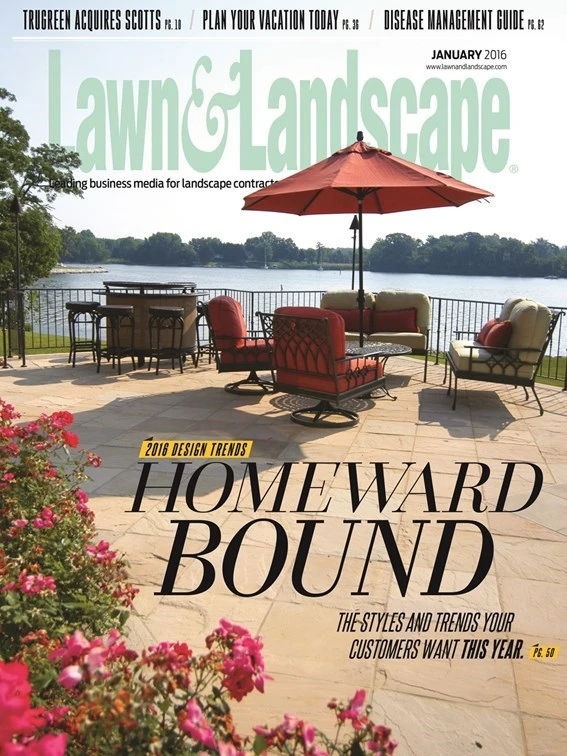
Explore the January 2016 Issue
Check out more from this issue and find your next story to read.
Latest from Lawn & Landscape
- LMN partners with Attentive.ai
- Get to know the generations working for you
- Addressing addiction in landscaping
- Fairway expands national footprint with 6 acquisitions
- Graze Robotics opens new headquarters in Plano, Texas
- Addiction in the green industry
- Kress earns Sourcewell approval
- The best laid plans
